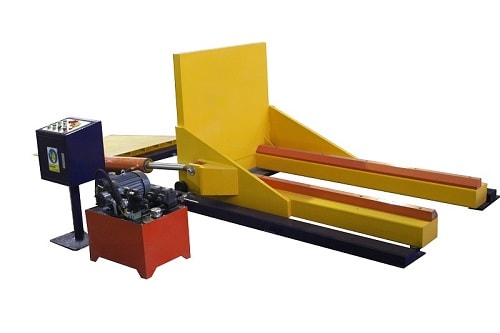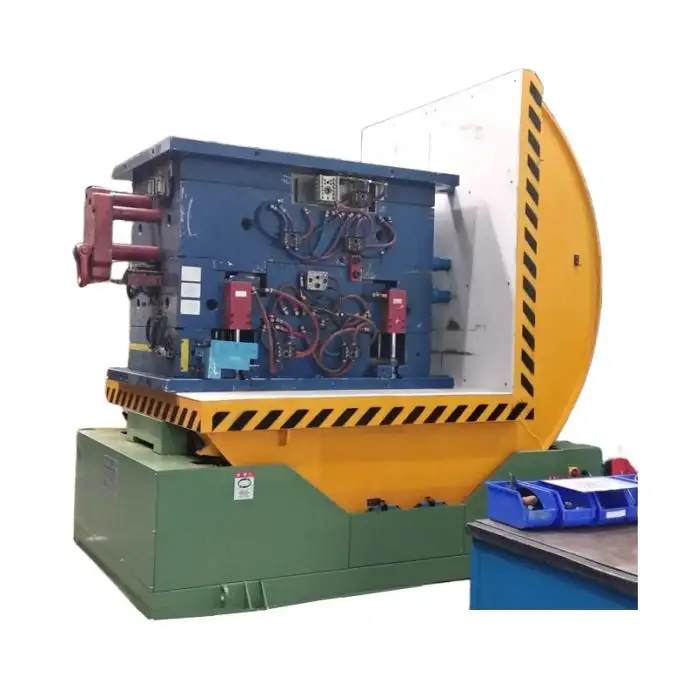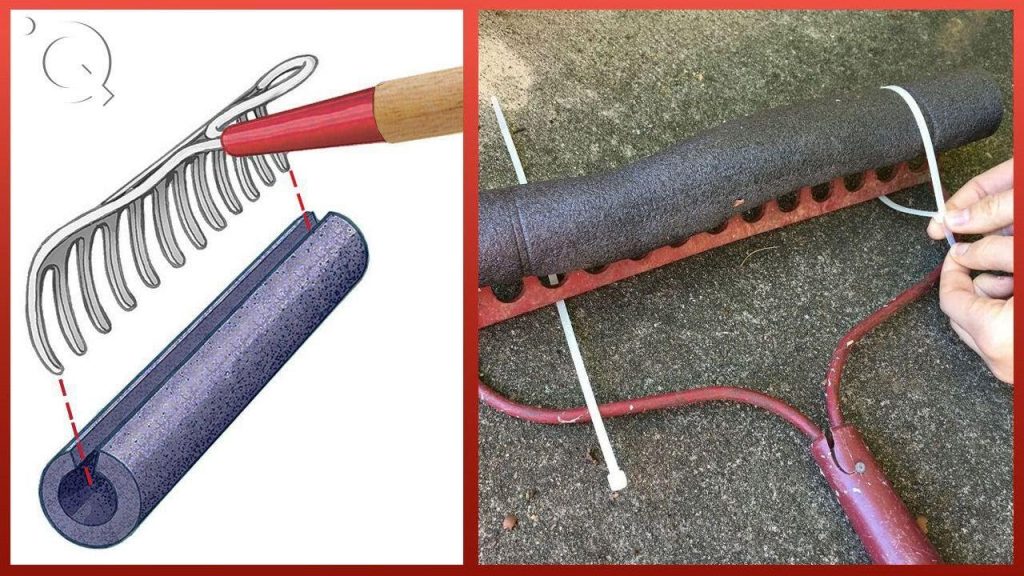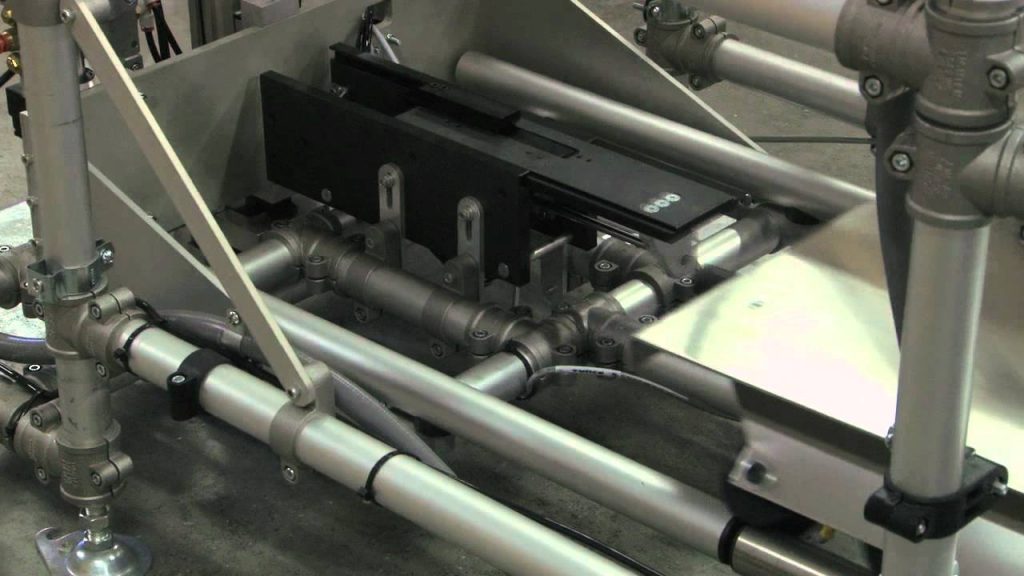Are you tired of the inefficiencies and safety risks associated with manual steel coil strapping? Imagine a seamless, automated process that enhances productivity, reduces labor costs, and ensures consistent packaging quality. This article dives deep into how automating your steel coil strapping process can revolutionize your packing line.
Automating the steel coil strapping process involves integrating machinery and technology to streamline and enhance the efficiency of packaging steel coils. This automation not only reduces manual labor but also increases throughput, improves safety, and ensures consistent and secure strapping, leading to overall operational improvements.
Ready to explore how automation can transform your steel coil packing line? Let's delve into the core components and benefits of automating this essential process.
Understanding the Need for Automated Steel Coil Strapping
Manual steel coil strapping is riddled with challenges. The physical demands on workers, the inconsistencies in strap tension, and the slow processing times can all lead to bottlenecks and increased operational costs. But what if these problems could be systematically addressed?
The primary need for automated steel coil strapping stems from the desire to enhance efficiency, reduce labor costs, improve safety, and ensure consistent strapping quality in high-volume coil packaging operations. Automation addresses the limitations of manual processes, providing a streamlined and reliable solution.
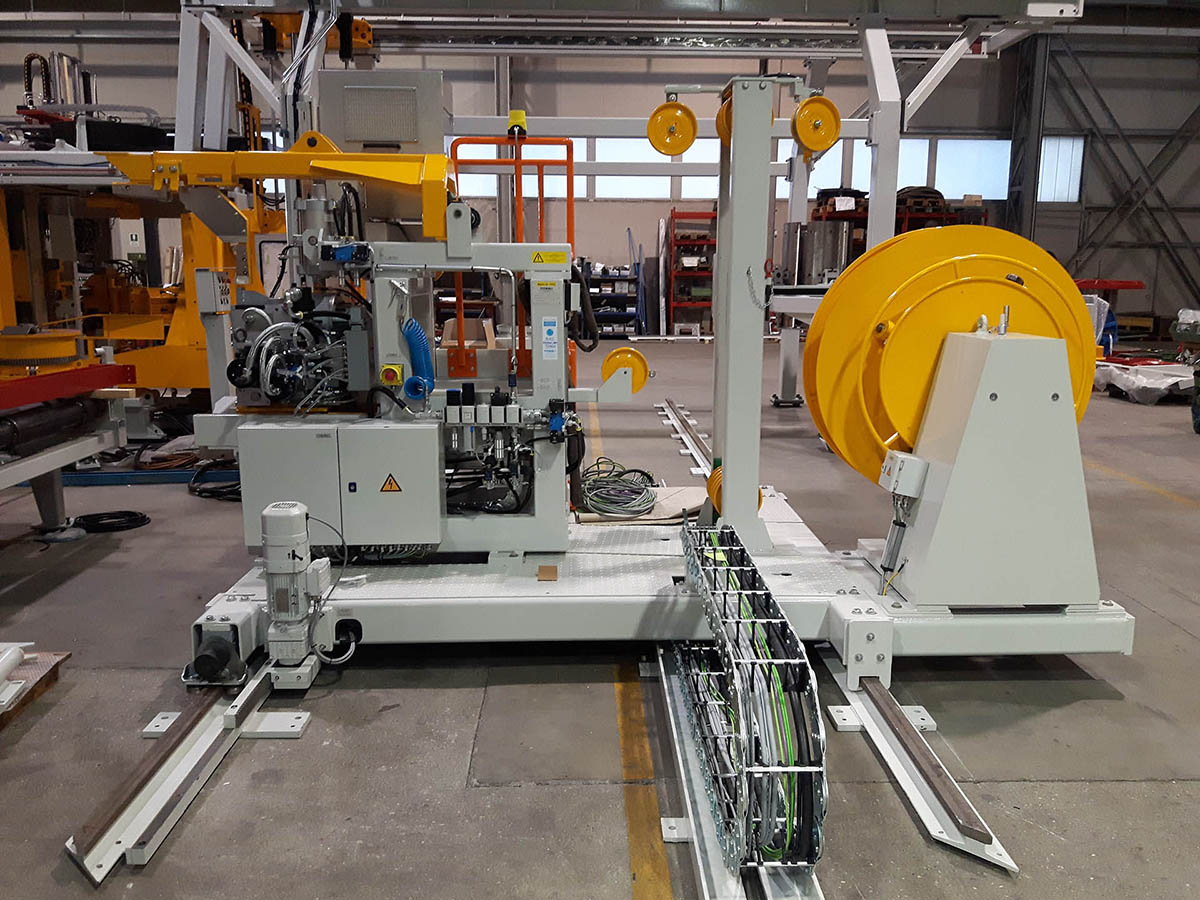
The High Costs of Manual Strapping: A Detailed Analysis
The switch to automated steel coil strapping can drastically alter a company's finances and operational capabilities. A closer look at the economic and efficiency benefits of automating coil strapping reveals the specific areas where businesses can see significant gains.
Labor Costs
One of the most immediately obvious cost savings comes from the reduction in labor required. Manual strapping often requires multiple workers, each needing training and compensation. By implementing automated strapping machines, a company can reduce the number of employees needed for the strapping process.
| Factor | Manual Strapping | Automated Strapping |
|---|---|---|
| Labor Required | 2-3 workers per line | 1 worker for monitoring multiple lines |
| Training Costs | High, due to complex manual tasks | Low, primarily for machine operation |
| Wage Expenses | Significant, due to multiple workers | Reduced, fewer operators needed |
| Injury Claims | Higher risk due to manual handling | Lower risk due to automated processes |
Material Usage
Automated systems can apply straps with precision, minimizing waste. Manual processes often result in excess strapping being used due to inconsistencies in application.
| Metric | Manual Strapping | Automated Strapping |
|---|---|---|
| Strap Length Used | Inconsistent, often excess | Precise, optimized to coil size |
| Waste Reduction | Minimal | Significant |
| Cost per Coil | Higher due to waste | Lower due to precision |
Throughput Efficiency
The speed and consistency of automated strapping can significantly increase the number of coils processed in a given timeframe, enhancing overall productivity.
| Process | Manual Strapping | Automated Strapping |
|---|---|---|
| Coils per Hour | 5-10 | 20-30 |
| Processing Time | High, labor-intensive | Low, machine-driven |
| Downtime | Frequent, due to breaks/errors | Minimal, consistent operation |
Safety and Risk Reduction
Automated systems reduce the risk of workplace injuries associated with manual handling of heavy steel coils and strapping equipment.
| Safety Factor | Manual Strapping | Automated Strapping |
|---|---|---|
| Injury Risk | High, due to heavy lifting/tools | Low, minimal human interaction |
| Accident Rate | Higher | Lower |
| Compensation Claims | More frequent | Less frequent |
Long-Term Operational Savings
Implementing automated steel coil strapping leads to sustained savings over time, enhancing the return on investment (ROI) through reduced costs, increased efficiency, and improved safety.
By converting from manual to automated steel coil strapping, businesses not only optimize their operations but also strengthen their financial position. The tangible benefits in cost reduction, efficiency gains, and risk management make automation a worthwhile investment for those looking to stay competitive.
Core Components of an Automated Steel Coil Strapping Line
What exactly goes into an automated steel coil strapping line? Understanding the key components can help you visualize how the entire process works and what to look for when considering an upgrade.
An automated steel coil strapping line typically includes coil feeding mechanisms, automated strapping machines, tension control systems, cutting and sealing units, and output conveyors, all integrated to ensure seamless and efficient coil packaging.
A Closer Look at Each Component: Enhancing Efficiency and Precision
Diving deeper into the specifics of each component provides valuable insight into how they contribute to the overall efficiency and precision of the automated strapping line.
Coil Feeding Mechanisms
These mechanisms are responsible for accurately and safely positioning the steel coils for strapping. Automated systems can handle coils of various sizes and weights, ensuring seamless integration with the rest of the line.
- Types: Conveyor systems, turntables, and robotic arms.
- Benefits: Reduced manual handling, precise coil placement, and increased throughput.
Automated Strapping Machines
The heart of the automated line, these machines apply, tension, cut, and seal the strapping material around the steel coil. Advanced models can handle different strapping materials and apply multiple straps simultaneously.
- Features: Adjustable tension settings, automatic strap threading, and error detection.
- Benefits: Consistent strap tension, reduced material waste, and faster cycle times.
Tension Control Systems
Maintaining consistent strap tension is critical for securing the coil and preventing damage during transit. These systems automatically adjust the tension based on the coil's size and weight.
- Technologies: Closed-loop feedback systems, pneumatic tensioners, and digital controls.
- Benefits: Uniform strap tension, reduced risk of coil damage, and improved packaging integrity.
Cutting and Sealing Units
These units ensure a secure and reliable seal on the strapping material. Advanced models use heat sealing, ultrasonic welding, or friction welding to create a strong bond.
- Types: Heat sealers, ultrasonic welders, and friction welding units.
- Benefits: Strong, reliable seals, reduced risk of strap failure, and enhanced package security.
Output Conveyors
Once the coil is strapped, output conveyors move it to the next stage of the packing line, such as labeling, stacking, or warehousing.
- Features: Adjustable speed settings, integrated sensors, and automated routing.
- Benefits: Seamless integration with downstream processes, reduced manual handling, and improved material flow.
The Technological Advancements Driving Automation
Modern automated steel coil strapping lines are powered by sophisticated technologies that enhance precision, reliability, and overall efficiency.
Key technological advancements in automated steel coil strapping lines include programmable logic controllers (PLCs), sensor integration for real-time adjustments, and IoT-enabled remote monitoring, all contributing to precise control and optimized performance.
Deep Dive into Cutting-Edge Automation Technologies
Explore how Programmable Logic Controllers (PLCs), sensor integration, and IoT-enabled remote monitoring transform the operation of steel coil strapping lines, offering unprecedented control and efficiency.
Programmable Logic Controllers (PLCs)
PLCs are the brains behind automated strapping lines, controlling every aspect of the operation from coil feeding to strap sealing.
- Function: Synchronize machine components, manage timing, and execute pre-programmed routines.
- Benefits: Precise control, real-time adjustments, and reduced human error.
- Example: Adjusting strap tension based on coil weight and size.
Sensor Integration
Sensors play a crucial role in monitoring the strapping process, detecting errors, and making real-time adjustments.
- Types: Proximity sensors, load cells, and optical sensors.
- Function: Measure coil dimensions, detect strap position, and monitor tension levels.
- Benefits: Automated adjustments, reduced downtime, and improved package integrity.
- Example: Automatically stopping the line if a coil is misaligned.
IoT-Enabled Remote Monitoring
The integration of Internet of Things (IoT) technology allows operators to monitor and control the strapping line from anywhere in the world.
| Feature | Description | Benefit |
|---|---|---|
| Real-Time Monitoring | Track machine performance, material usage, and error rates. | Identify bottlenecks, optimize performance, and reduce downtime. |
| Remote Control | Adjust settings, troubleshoot issues, and initiate maintenance remotely. | Minimize downtime, improve response times, and reduce the need for on-site staff. |
| Predictive Maintenance | Analyze sensor data to predict potential failures and schedule maintenance proactively. | Prevent costly breakdowns, extend machine life, and improve overall efficiency. |
Advantages
| Advantage | Description | Impact |
|---|---|---|
| Enhanced Precision | Automated systems ensure consistent strap tension, precise placement, and secure sealing, reducing the risk of damage. | Improved product protection, reduced material waste, and enhanced customer satisfaction. |
| Increased Efficiency | Automated lines operate at faster speeds, with minimal downtime, significantly increasing throughput. | Higher productivity, reduced labor costs, and improved responsiveness to customer demand. |
| Improved Safety | Automated systems reduce the need for manual handling, minimizing the risk of workplace injuries. | Safer working environment, reduced workers' compensation claims, and improved employee morale. |
Maximizing ROI: Cost Savings and Efficiency Gains
Investing in automated steel coil strapping lines can lead to significant cost savings and efficiency gains. But how do these benefits translate into a tangible return on investment (ROI)?
Automated steel coil strapping offers a substantial ROI through reduced labor costs, minimized material waste, increased throughput, and improved safety, creating a cost-effective and efficient packaging solution.
Transitioning from manual to automated steel coil strapping lines requires a detailed cost-benefit analysis. Consider the direct cost savings in labor, material waste, and downtime, along with the indirect benefits of improved safety and streamlined processes. By automating the strapping process, companies can reduce their labor costs by up to 70% and decrease material waste by as much as 25%, resulting in significant financial savings. The ROI from these improvements can often be realized within 1 to 3 years, depending on the volume and complexity of the coil packing operations.
Conclusion:
Automating the steel coil strapping process is a strategic move that brings about comprehensive improvements in efficiency, safety, and cost-effectiveness. By embracing [coil packing automation](), businesses can optimize their operations, reduce risks, and ensure long-term growth in a competitive market.

